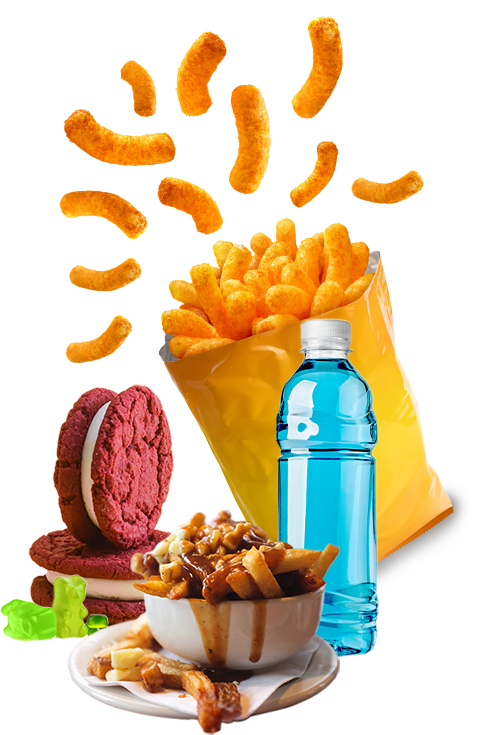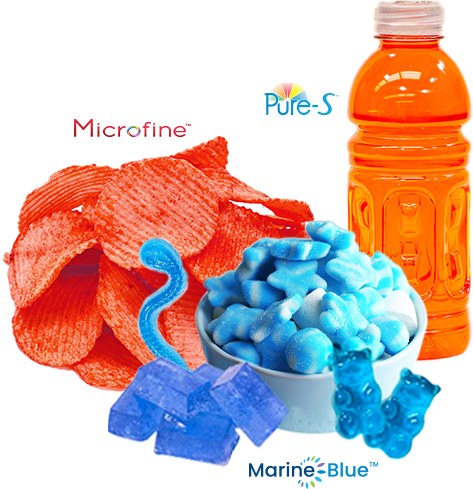California’s governor has signed a new bill into law which prohibits the sale of food or beverages using synthetic colors in schools of grades kindergarten through twelfth grade, effective December 31, 2027. Bill 2316 was first introduced February 2024 and passed through several committees before passing the Senate and Assembly to be signed into law on September 28, 2024. The bill specifically names FD&C Blue 1, Blue 2, Green 3, Red 40, Yellow 5, and Yellow 6.
The original text of that bill also included titanium dioxide among the banned ingredients and inspired copycat bills to be introduced in states across the nation.
As individual states pass laws like these, manufacturers and brands are often forced to respond on a national level due to the logistical challenges of compliance in only one part of the country. Moving away from synthetic colors to comply with this law will require conversion to natural alternatives. We understand this is a significant undertaking for a brand and discuss paths forward in this article.


The most common factors our technical team handles when supporting developers in conversion projects are acidity, heat processing, water activity, and ingredient interaction. Each application will have different conditions and therefore certain natural color solutions will be more successful than others.

Beverage developers typically seek acid-stable, water-stable color solutions, but heat stability may not play as much of a factor. On the other hand, baked or extruded snacks require heat-stable solutions but have little to no water activity and a more neutral pH.
Natural color innovation has also come a long way in the past decade to close the gap with synthetics. Advanced color technologies and novel color sources enable developers to reach bright, stable shades across the rainbow. Sensient’s Microfine™ technology helps create vibrant seasonings, while Pure-S™ Orange adds a vibrant cloudless orange hue similar to Yellow 6 and Marine Blue™ offers bright Blue 1 replacements with improved stability over standard spirulina solutions. Each item in the natural color toolkit further extends the rainbow of possibility.
For manufacturers, we have recently discussed four critical factors
to consider when facing a major conversion project.
Click on each area to learn more.

Synthetic colors are highly concentrated. Developers should expect to see usage rate increases with natural color substitutes and may need to adjust formulas.

Many natural colors have shorter shelf lives or more specific refrigeration requirements than synthetic colors. Adjusted color ingredient storage should be prepared.
Whether you are a brand seeking options, a developer faced with a conversion challenge, or a manufacturer responding to new legislative requirements, our team can assist.
Click each tile to learn more about leading color innovations for applications impacted by this legislation: